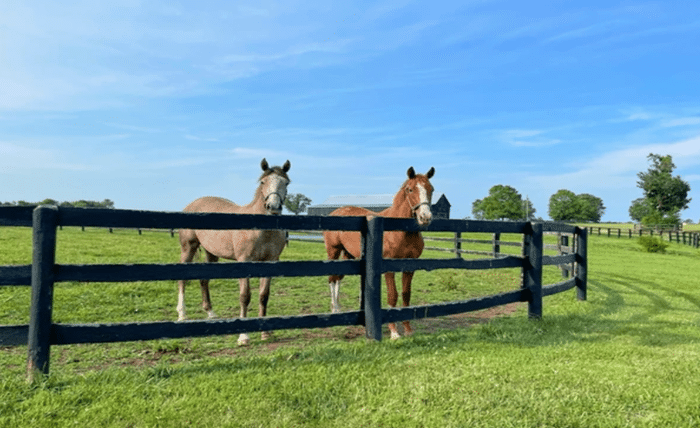
When it comes to protecting your garden, yard, or property from the persistent threat of deer, understanding the best practices for deer fence height is crucial. Deer are known for their agility and jumping ability, often making it necessary to invest in a fence that not only deters them but also blends seamlessly into your landscape. Here, you’ll explore the essential guidelines you need to consider when determining the optimal height for your deer fence to ensure it effectively keeps these animals at bay.
Understanding Deer Jumping Capabilities
Deer are remarkable jumpers, capable of leaping heights ranging from 6 to 8 feet. This ability poses a significant challenge for property owners looking to protect their gardens and landscapes. Therefore, when deciding on the appropriate height for your deer fence, it’s critical to aim high enough to deter even the most determined deer.
For most residential applications, a height of at least 8 feet is recommended. This height provides a robust barrier that discourages deer from attempting to jump over the fence. If you are dealing with a particularly high deer population or if deer are known to frequent your area, consider raising the height to 10 feet. A taller fence not only increases your chances of success but also minimizes the likelihood of deer testing its limits.
Choosing the Right Materials
The material you choose for your deer fence can also impact its overall effectiveness. While height is essential, the strength and visibility of the fence play critical roles in deterring deer. Our fencing solutions include options that are nearly invisible from a distance, allowing them to blend into the natural landscape while still providing a formidable barrier.
For optimal results, consider using poly deer fencing or metal deer fencing. Poly fencing is lightweight yet incredibly strong, capable of withstanding deer pressure without compromising visibility. Metal fencing, particularly those made from black welded wire, offers durability and strength, which is essential for taller fences. When selecting materials, ensure they can withstand not only deer but also other wildlife that may challenge your fence.
Design Elements to Enhance Effectiveness
In addition to height and materials, incorporating specific design elements can enhance the effectiveness of your deer fence. One effective strategy is to ensure the fence is not too visible. A fence that stands out can encourage deer to jump over it, believing they can clear the barrier. By designing your fence to be less noticeable—using darker materials or natural colors—you reduce the likelihood of deer attempting to jump.
Another critical design aspect is to avoid any ledges or structures that could assist deer in gaining height. For example, fences with a top rail can serve as a launching point for deer. Instead, opt for a smooth top design that prevents them from using the fence itself to jump over. Additionally, consider implementing a slight slope away from the fence line or using a climb protection system to create a more significant barrier against deer.
Seasonal Considerations and Maintenance
The height of your deer fence should also account for seasonal changes. In the spring and summer, vegetation can grow tall and dense, potentially providing deer with both cover and leverage to jump over your fence. Regular maintenance of your fence line is essential to ensure that no overgrown plants or debris compromise its effectiveness. Keeping the area around your fence clear will help maintain its height advantage and effectiveness as a barrier.
Moreover, consider the seasonal movements of deer. During the fall and winter, deer may be more desperate for food, making them more likely to test your fence. Having a well-maintained, tall fence year-round will provide the greatest assurance that your property remains protected, regardless of the season.
Professional Installation for Optimal Results
While many homeowners are tempted to embark on a DIY fencing project, professional installation can make a significant difference in the overall effectiveness of your deer fence. A professional understands the nuances of deer behavior and can provide expert guidance on the best practices for deer fence height and installation techniques.
At Deer Fencing, we offer a network of trained installers who can help you select the right materials and ensure your fence is constructed to the appropriate height and standards. This level of expertise ensures that your fence not only meets the recommended height but is also constructed with the necessary tensioning and support systems to withstand deer pressure.
Final Thoughts on Deer Fence Height
Determining the best deer fence height is more than just measuring a distance; it encompasses understanding deer behavior, choosing the right materials, and employing effective design strategies. By aiming for a fence height of at least 8 feet, using durable materials, and ensuring proper installation, you can create a formidable barrier against deer.
As you consider implementing a deer fence, remember that investing in quality materials and professional installation is paramount to achieving a successful outcome. With the right approach, your property can be a sanctuary free from the threat of deer, allowing your gardens to thrive without worry. Visit DeerFencing.com today to explore our fencing options and professional services tailored to your needs.




